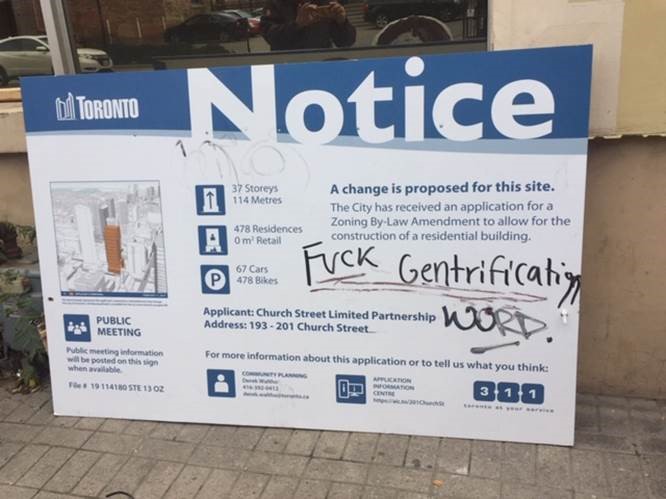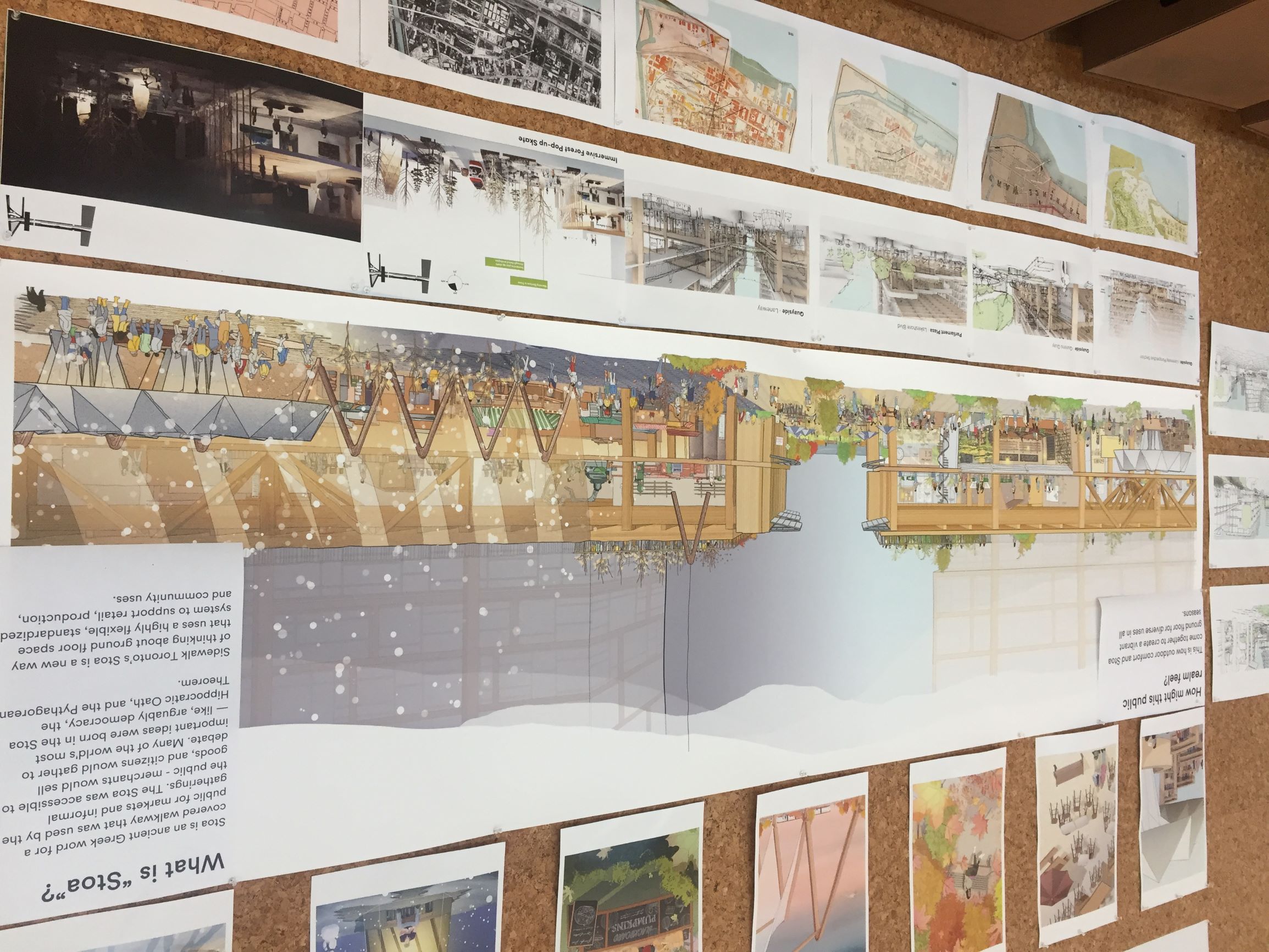Smart Housing: the future we (never) intended?
Published 2 June, 2021
Carina Listerborn & Fredrik Torisson
Institute for Urban Research, Malmö University
The smart city is often framed as a new urban ideal in how we envision the urban future. In their contribution to Urban Voices, Fredrik Torisson, Researcher at the Institute for Urban Research at Malmö University and Carina Listerborn, Professor in Urban Planning at Malmö University, reflect upon how smart housing fits into the smart city ideal, investigating how class, gender and ethnicity manifest themselves in smart housing solutions.
‘The future is already here; it is just unevenly distributed’. This quip, attributed to science fiction author William Gibson, is repeated ad nauseum in tech circles and has been subject of interpretation in a variety of contexts. Normally, it is taken to denote a Zeitgeist, a future that emerges in different locations at different times. In relation to the smart city and smart housing however, we could interpret Gibson’s words somewhat differently. If we take the distribution to which Gibson refers to mean the distribution of resources, agency and power rather than different geographic locales, the meaning shifts. This other meaning of Gibson’s quip is the topic of this brief reflection.
The Future is already here: it is just unevenly distributed
William Gibson (1993)
Smart housing in the smart city
The smart city imaginary has proliferated widely and wildly over the last decade. A multitude of public and private actors have engaged with different versions of our supposed smart future, while on the ground many of the projects planned have been met with resistance and opposition. On another level, we have experienced the increased integration of connected devices in the home, summed up in the term of the smart home. We find ourselves on the one hand with the smart city (whether located in the future or the present) and the smart home. However, reducing the discussion to these two aspects of urban life omits many other forms and scales of urban life, not least the notion of housing. The smart housing question is a different question than that of the smart home – housing is a complex question involving economies, policy, provision financialization and markets (Maalsen 2019).
Understanding the smart city as a ‘new urban ideal’ (Picon 2015), we investigate the development of smart housing in Stockholm, Toronto and Copenhagen in relation to the questions above from an intersectional perspective, and we investigate how class, gender and ethnicity manifest themselves in smart housing solutions.
The subject of smart housing has until now been an overlooked area of research (Maalsen 2019); most smart city/smart home advocators pay scant attention to housing. Instead, their focus is trained on the desirable citizens for which cities have vied since Florida’s introduction of competitive urbanism at the turn of the Millennium (Florida 2002).
The shape of power in smart housing developments – a tale of two towns
In what ways do smart housing developments reproduce or shape gendered, classed and racialized power relations? In what ways does smart housing development include some groups and exclude others? Can smart solutions contribute to solving the need for affordable housing? While we do not have answers to these questions, we can say that the answer depends on where you look. Even if the same multinational tech giants – IBM, Cisco, Siemens and, recently, Alphabet – are involved in most projects, the implementation of smart technology on housing depends on context. In some ways, the context is cultural – in Scandinavia, smart solutions are marketed as climate-smart, focusing on reducing the energy footprint, whilst in other places they are marketed in terms of crime prevention – but solutions also differ depending on the type of development and the socio-economical context.
In the upmarket areas of Norra Djurgårdsstaden in Stockholm and Nordhavnen in Copenhagen, smart solutions form part of a branding exercise. Well-off homebuyers are (apparently) willing to part with a little more money in order to feel that they are part of the solution rather than the problem of climate change. The smart solutions here become a way to differentiate specific developments presented in a positive light compared with the rest of the city. Smart solutions also present a rhetoric of futurity, the emergence of the future that Gibson referred to, which can be used to legitimize more exclusive solutions than otherwise would be politically feasible.

In a different part of town, the smart solutions implemented on housing follow another pattern, and their implementation had other effects. We could call this the flipside of the first instance. In Årsta, southern Stockholm, a 1960s housing block owned by the municipal housing corporation was equipped with smart metering system measuring individual electricity consumption. The meters were installed on the initiative of the landlord but at the expense of the tenants through increased rents, which led to displacement of some of the tenants who could not afford the increased rent. The future is unevenly distributed indeed.
The future is ours to form
Smart solutions are marketed as our inevitable urban future – the future is already here – and we need to try to catch up. There are more than hints of a technological determinism. If the future is inevitable, all we can do is serenely accept it. We are unqualified to address the ethical questions, since it is happening whether we like it or not. This is a misleading part of Gibson’s quip, which suggests we have very limited agency in the face of the emerging smart and connected world. The choice with which the collective ‘we’ is presented would then mean simply accepting technological development or throwing the digital equivalent of our clogs in its machinery to stop the wheels from turning. The same simple juxtaposition is repeated again and again, and its effect is that the smart future is presented as beyond the realm of politics and squabble.

Project poster at the Toronto Sidewalks Lab exhibition. 
Project poster at the Toronto Sidewalks Lab exhibition.
The fuzziness of the concept ‘smart’ in combination with the fear of missing out on business opportunities make cities perfect targets by global tech companies. Municipalities need to be aware of the consequences for their citizens when tech companies arrive with sometimes unclear business ideas and the need for to develop future smart urban landscapes (as in the case of Sidewalk Labs in Toronto). The mundane questions of usefulness and relevance, as well as issues of privacy and risk for increased surveillance, constantly need to be on the agenda.
The two examples from Stockholm and Copenhagen show us that this is a false juxtaposition. The smart solutions that we are racing headlong to implement in our cities and our housing have complex effects. Smart solutions do not simply solve problems; at the same time, they exacerbate existing problems, even give rise to new ones. If the smart is an urban ideal, and if the introduction of smart technologies is the way we, as cities and societies, want to order our urban lives, it is paramount that we pay very close attention to not only if we want to implement smart solutions but also how, and to what effects. These questions make the smart city and especially smart housing intensely political questions. They are not yes or no questions, but an intricate and complex series of questions which we will struggle to comprehend and navigate over the coming decades. And we must ask ourselves: does the future really have to be unevenly distributed? And what can we do to even it out?
Carina Listerborn & Fredrik Torisson
June 2021
About the authors and the feature
Carina Listerborn is Professor in Urban Planning at the Department of Urban Studies, at Malmö University. Carina has a PhD (2002) from Chalmers University on urban safety discourses from a feminist perspective. Her most recent research focusing on intersectional perspectives on smart housing developments.
Fredrik Torisson is a postdoctoral researcher in Urban Studies at the Institute for Urban Research, Malmö University. His research can be placed within the fields of architectural and urban historiography and architectural theory. Research interests include critical readings of architecture and the built environment, architectural and urban historiography and different modes of envisioning desirable futures.
This feature is based on the project:
References:
Florida, Richard (2002) The rise of the creative class. Philadelphia, PA: Basic Books.
Maalsen, S. (2019) Smart Housing: the political and market responses of the intersections between housing, new sharing economies and smart cities, Cities, 84; 1-7
Picon, A (2015) Smart Cities: A Spatialised Intelligence, Wiley
Share
Co-creation!
Do you miss something here? Would you like to contribute? Please let us know: urbanfutures@slu.se




